Cheetahs are renowned for their extraordinary speed, often reaching up to 60-70 miles per hour. This incredible feat is made possible by a set of unique anatomical features. Their lightweight frame, flexible spine, and long, muscular legs enable rapid acceleration and a significant stride length, allowing them to cover a surprising amount of ground with each leap.
Muscles and Tendons: The Power Behind the Sprint
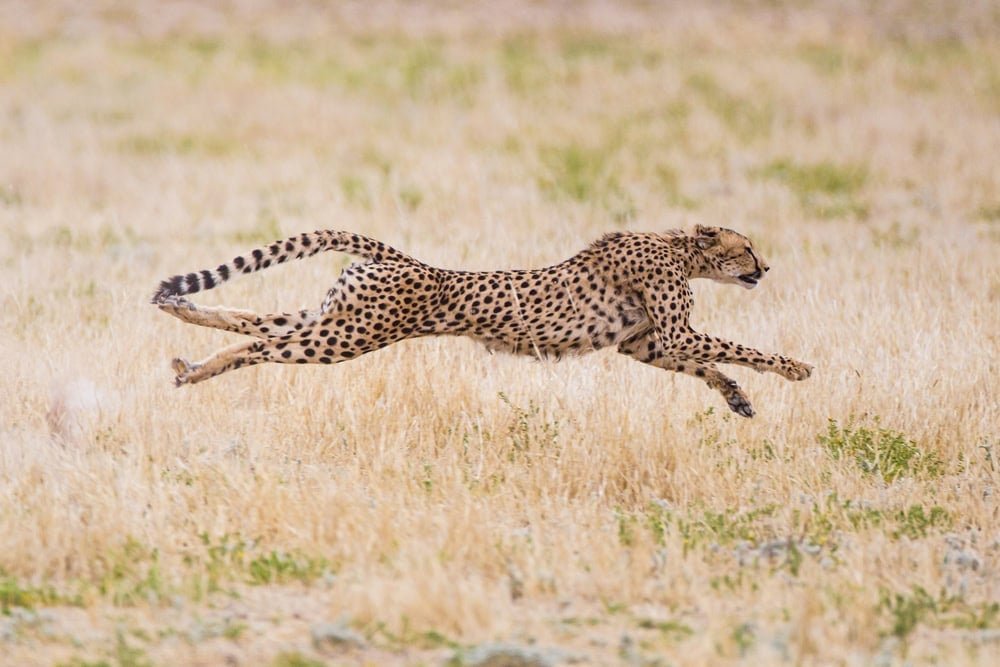
The cheetah’s success as a sprinter is largely due to its specialized muscle composition and tendon elasticity. They possess a high percentage of fast-twitch muscle fibers, which provide explosive power and speed but fatigue quickly. Moreover, their tendons act like springs, storing and releasing energy as they gallop. This combination ensures they can burst into sudden, rapid movement with little delay.
Respiratory and Cardiovascular Efficiency
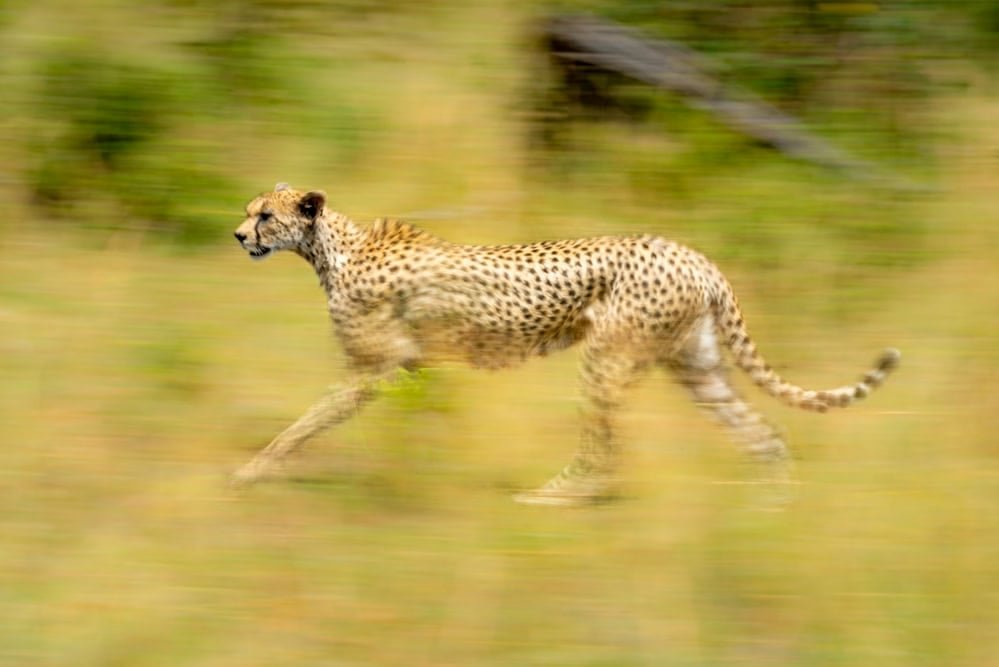
During a chase, a cheetah’s breathing rate skyrockets from 60 to 150 breaths per minute. This increased oxygen intake is facilitated by their large nasal passages and lungs, which ensure adequate oxygen supply to their muscles. Coupled with an enlarged heart, cheetahs can sustain the high-energy demands of rapid pursuit, though only for short distances, typically around 20 to 30 seconds.
Aerodynamic Build: Minimizing Air Resistance
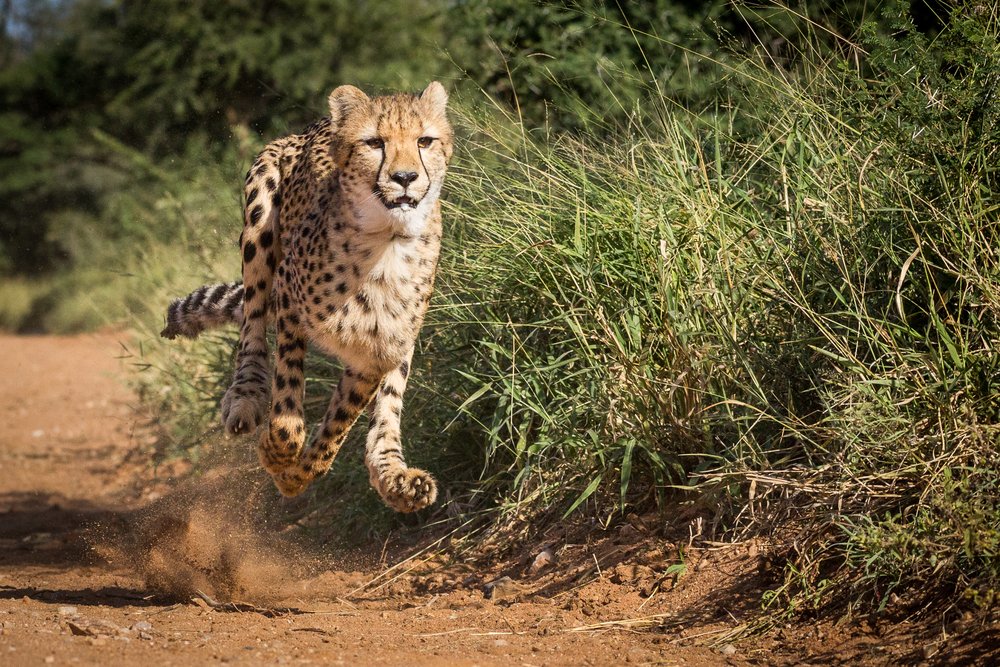
Cheetahs are naturally aerodynamic, which aids their record-breaking speeds. Their small, rounded heads, flat ribcages, and long, lean bodies reduce air resistance. The sleek body shape allows them to move through the air more efficiently, conserving energy and enhancing their speed during short sprints.
The Role of the Tail: Steering with Precision

A cheetah’s tail is more than just a counterbalance; it acts as a rudder, providing crucial stability and control during high-speed chases. The tail allows them to make sharp turns at high speeds, enabling them to effectively pursue agile prey through challenging terrains. This adaptability is vital for maintaining their status as apex predators on the savannah.
Unmatched Vision: Spotting Prey from Afar

Cheetahs have acute vision, essential for spotting prey from up to three miles away. Their eyes, positioned high on their heads, provide a wide field of view. This visual advantage, combined with their speed, makes them one of the most formidable hunters in the animal kingdom. Their ability to track and close in on fast-moving prey is unparalleled.
Camouflage and Stalking Ability
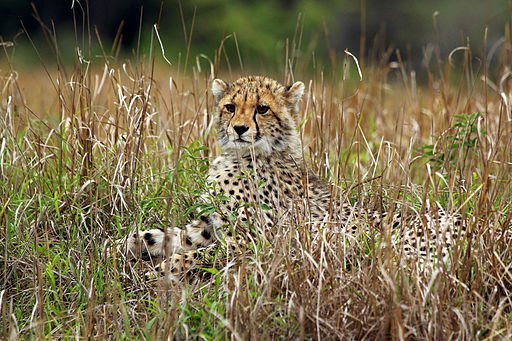
Before a chase begins, cheetahs rely heavily on stealth and camouflage. Their distinctive spotted coats blend seamlessly with the dry grasslands of their habitats. This allows them to approach unsuspecting prey without detection, closing the distance to an optimal striking range before launching their explosive sprint.
Social Structure and Hunting Strategy
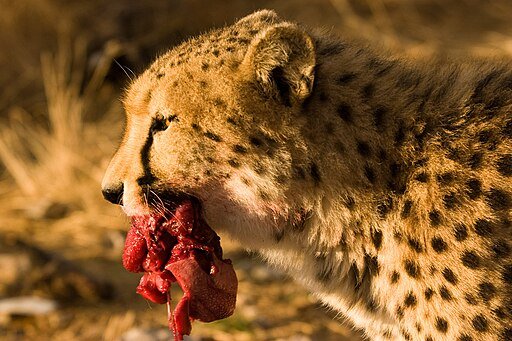
Cheetahs are generally solitary creatures, but sometimes they hunt in groups, particularly male coalitions. This social strategy allows for cooperation during hunts, improving their chances of success. These coalitions can take down larger prey and defend their kills more effectively against scavengers.
The Challenges of Sustaining Speed

Despite their unmatched speed, cheetahs face significant challenges maintaining their status as apex predators. Their lightweight bodies make them vulnerable to larger predators like lions and hyenas. Moreover, their need to rest after each strenuous sprint means they must quickly secure and consume their kill before it is stolen.
Conservation Concerns: Protecting the Speedsters
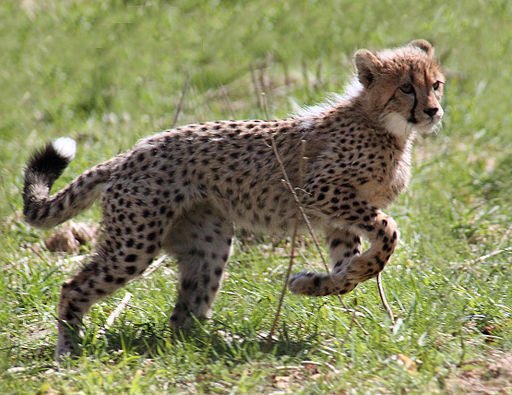
Cheetah populations are declining due to habitat loss, human-wildlife conflict, and reduced prey availability. Conservation efforts are crucial to preserving these iconic animals. Organizations worldwide are working to protect cheetah habitats, reduce conflicts with humans, and promote awareness about the importance of conserving the fastest land animal on Earth.






